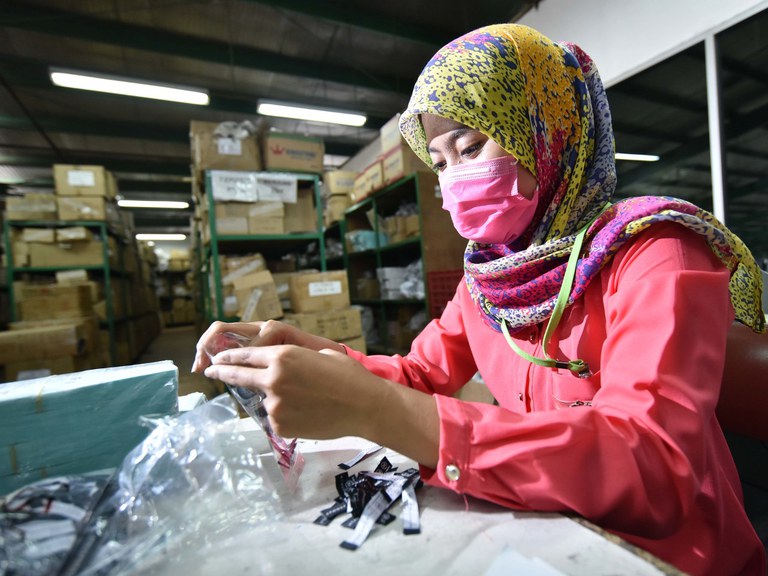Covid-19

Garment manufacturers in Asia, the industry’s largest global hub for production, have been severely impacted by the COVID-19 pandemic. Many have been forced to shut down operations either temporarily or permanently, and this has left millions of garment workers, the majority of whom are women, unemployed, furloughed or facing reduced hours and income. As measures taken to slow the spread of the coronavirus have led to retail and factory closures, changes in supply and demand, layoffs and unpaid furloughs, and revenue losses, the livelihoods, health, the security of millions of women and men workers and employers throughout the garment sector have been put at risk.
Although longstanding to the sector, the pandemic gave acute exposure to the fragility and structural inequities of the garment supply chain, something that has led those in the industry to once again question its future viability. Debates are emerging about how production dynamics and practices will need to transform to survive in the post-pandemic era.
Industry experts agree that the COVID-19 pandemic will continue to shape garment production in Asia well into 2021 and beyond. However, with a complex structure and vast array of stakeholders involved at various parts of the supply chain, it is difficult to envisage a single fate or future for the industry as a whole. More likely, therefore, the sector will evolve in multiple, sometimes competing and contradictory, ways in the coming years.
As buyers look to mitigate risks and adjust sourcing strategies as a result of the pandemic, some buyers will prioritize working with more professionalized manufacturers with more advanced operations, while others may double down on cost prerogatives. Both types of manufacturers are found in Asia, where they are highly competitive. The study also indicates that COVID-19 may precipitate a growing divide between Asian garment manufacturers. On the one hand, larger and more professionalized manufacturers will sustain or scaleup factory upgrading and technological investments, allowing them to be more selective when picking customers. On the other hand, some factories may be incentivized toward a renewed ‘race to the bottom’ to attract buyers that are looking to reduce costs to offset financial losses incurred during the pandemic. The increasing gulf between manufacturers could have implications on the future structure of Asian garment production.
